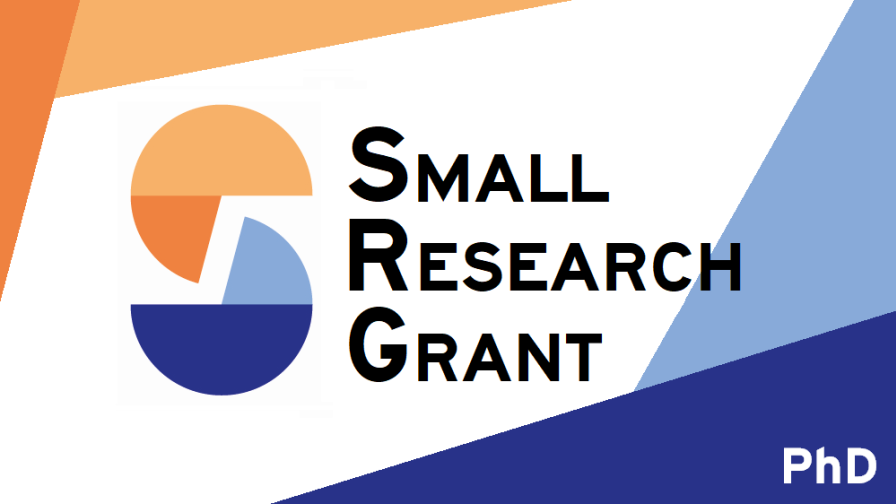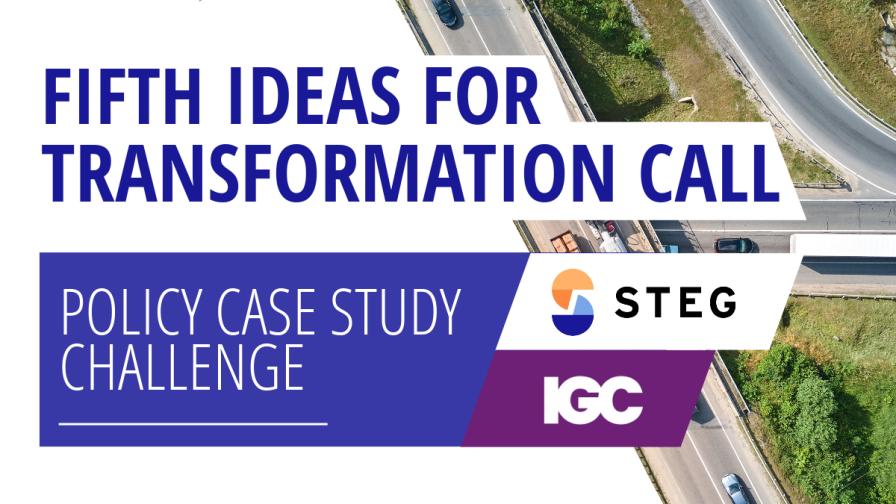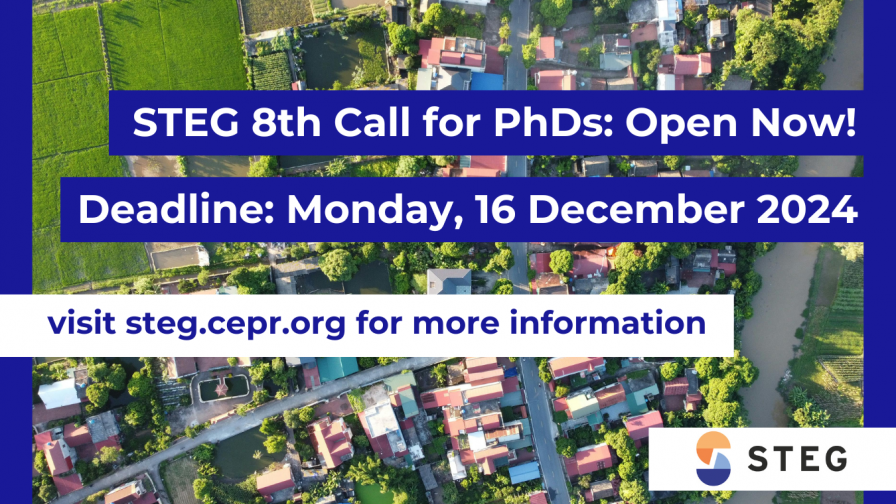It is becoming increasingly unlikely that industry- and export-led growth will be the sole pillars of poverty alleviation in low- and middle-income economies in the coming decades (Goldberg and Reed, 2023, Diao et al., 2024). Services, and in particular consumer services, are a potential alternative source of employment growth (Hsieh and Rossi-Hansberg, 2023, Fan et al., 2023, Rodrik and Stiglitz, 2024). However, a significant concern is that the growth of the service sector is often biased towards urban areas, both in terms of welfare gains and employment opportunities (Chen et al., 2023, Fan et al., 2023, Eckert et al., 2022). This project asks how localities, especially those outside cities, generate productive firms and employment in Kenya, a lower middle income economy, in an era of service-led job growth.
The study starts by asking whether service-led job growth has already been a reality in Kenya in the past decade. Further, it provides evidence on firm and job characteristics in the services economy. Lastly, it studies the relevance of potential mechanisms that drive the observed patterns. To do this the study collates a comprehensive dataset covering Kenya from 2016 to 2022. It combines detailed administrative data on the universe of formal firms and workers from tax records, household and labour survey data covering the informal economy, time series data on road construction and broadband rollout, and satellite data on urbanisation and economic activity.
This work is directly relevant for policy making on a number of dimensions. First, it aims to document the types of good jobs becoming available in areas were previously close to no such jobs were available. This is important at the individual level, but also points to the types of structural transformation on going, and therefore the potential paths out of poverty local areas may pursue. Second, by considering the mechanisms, the study can directly speak to potential policy levers. For example, it will consider the role of the road network and broadband internet network. Both dimensions of infrastructure which may have a first-order effect on local areas, and are directly manipulatable by governments.



















































